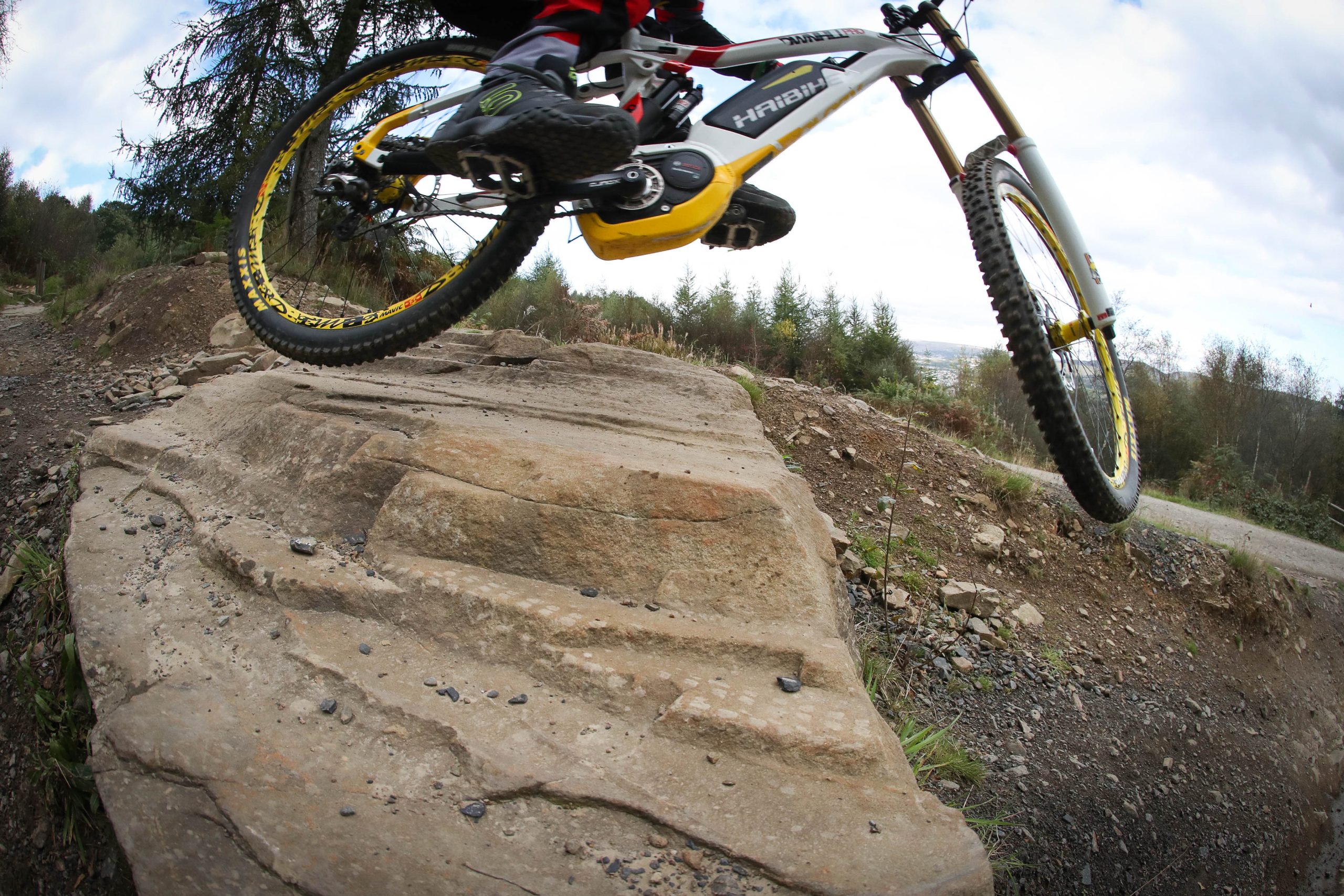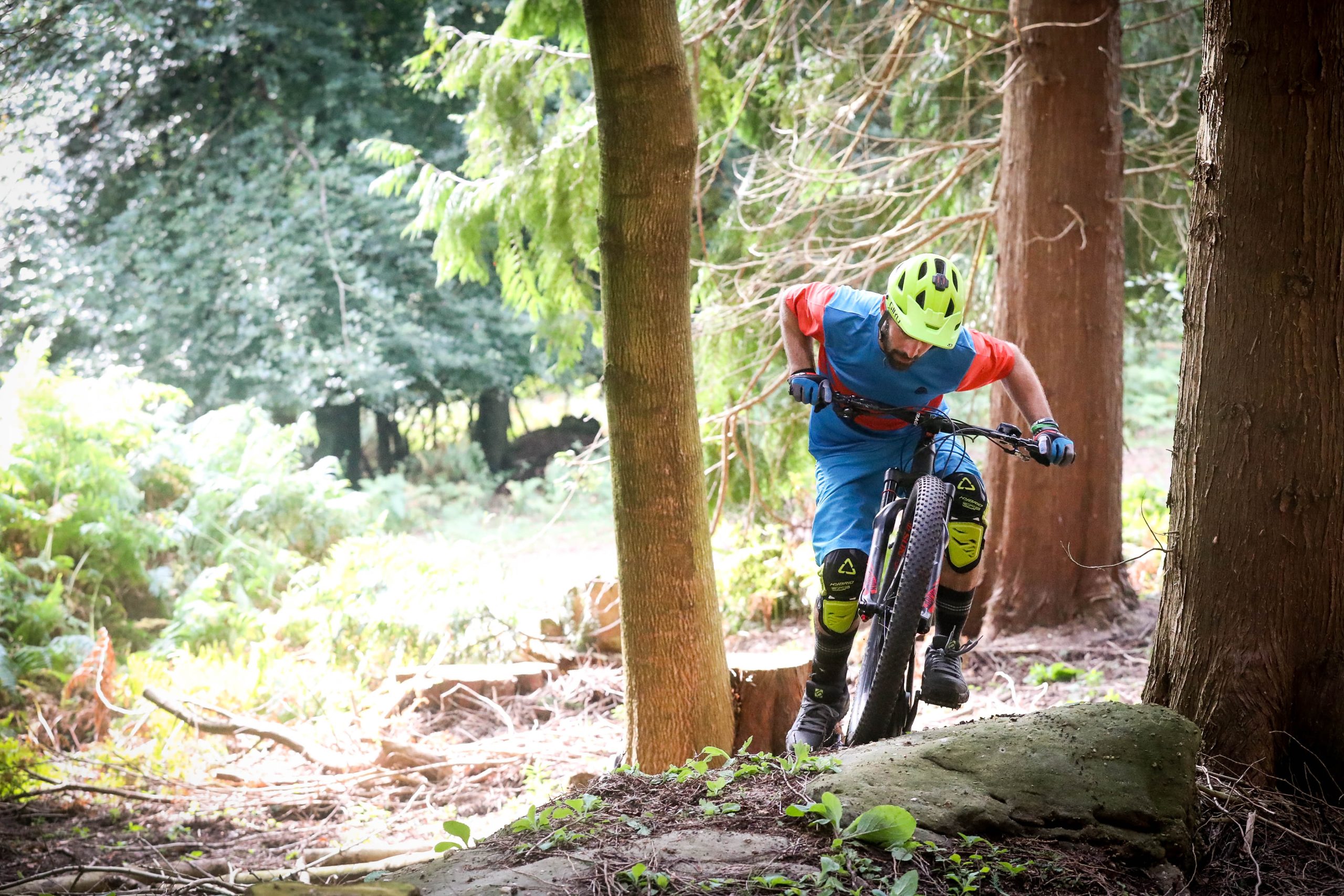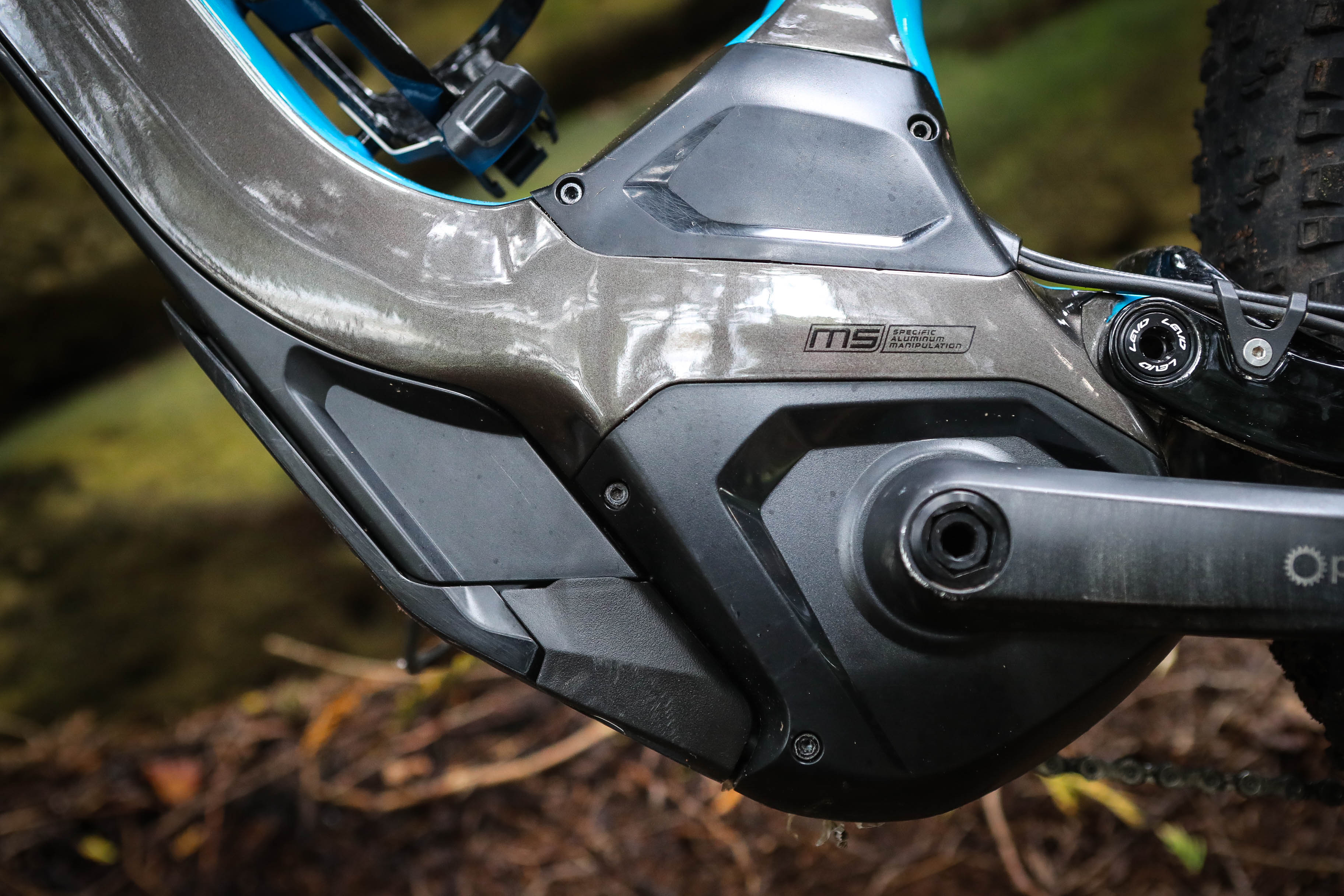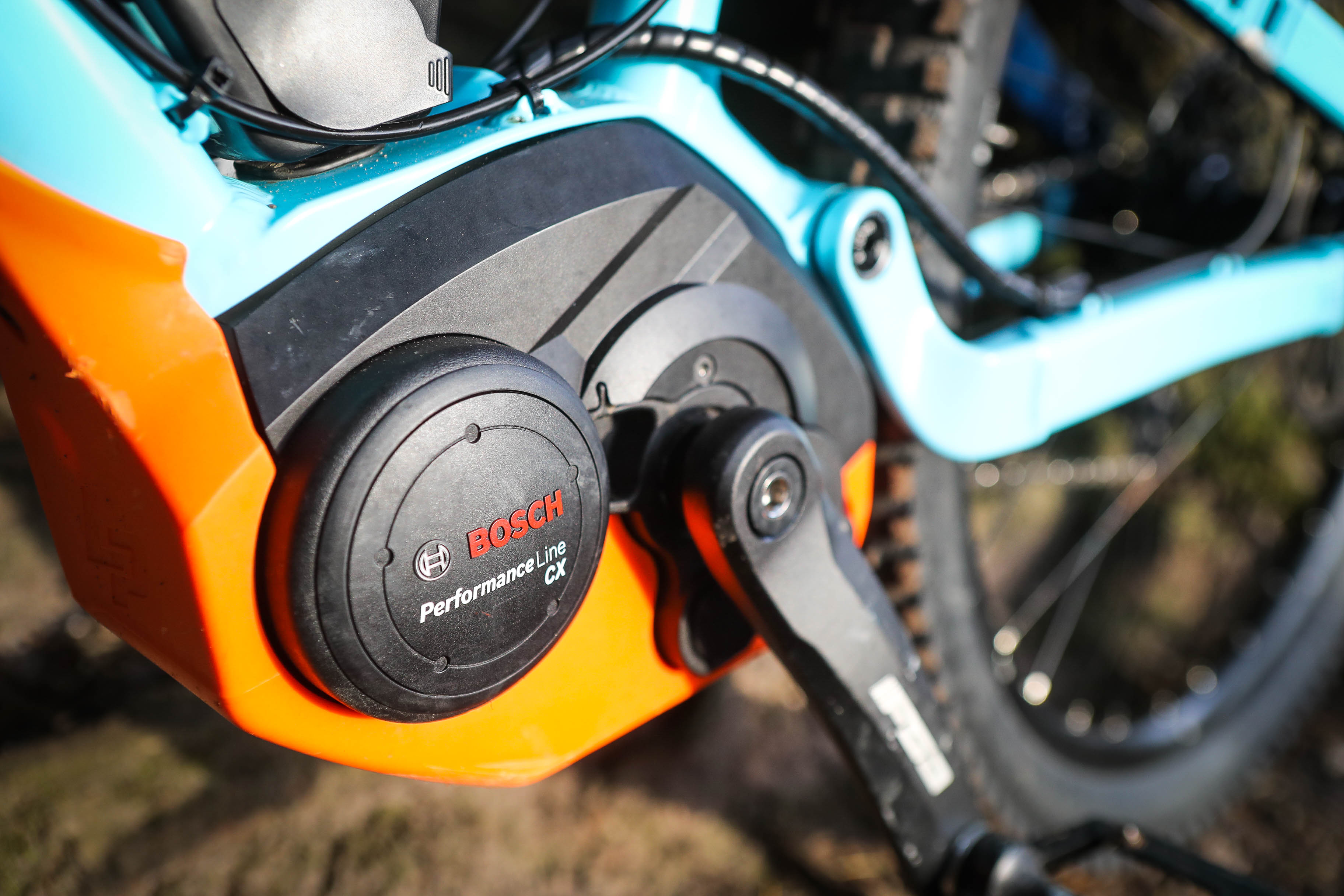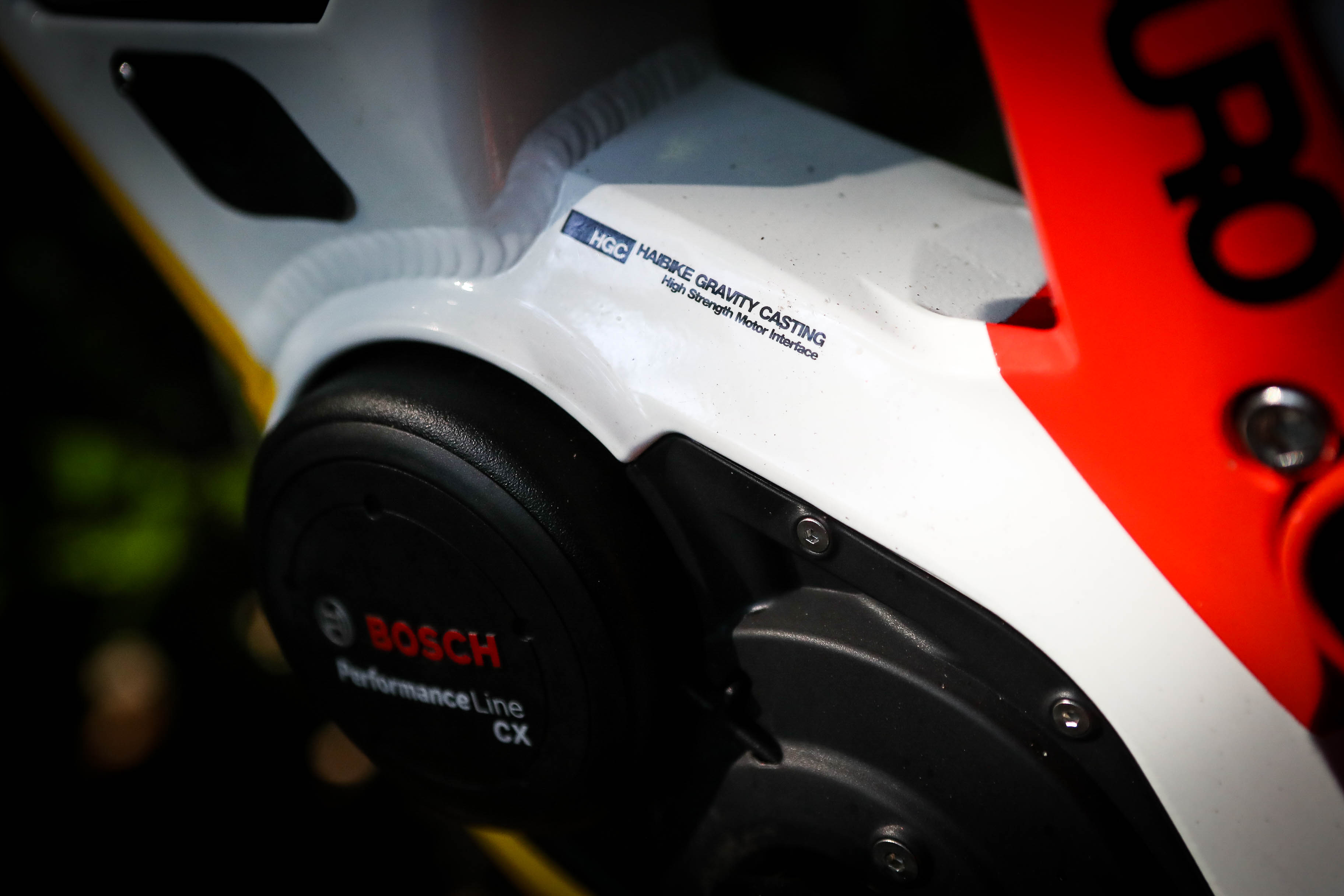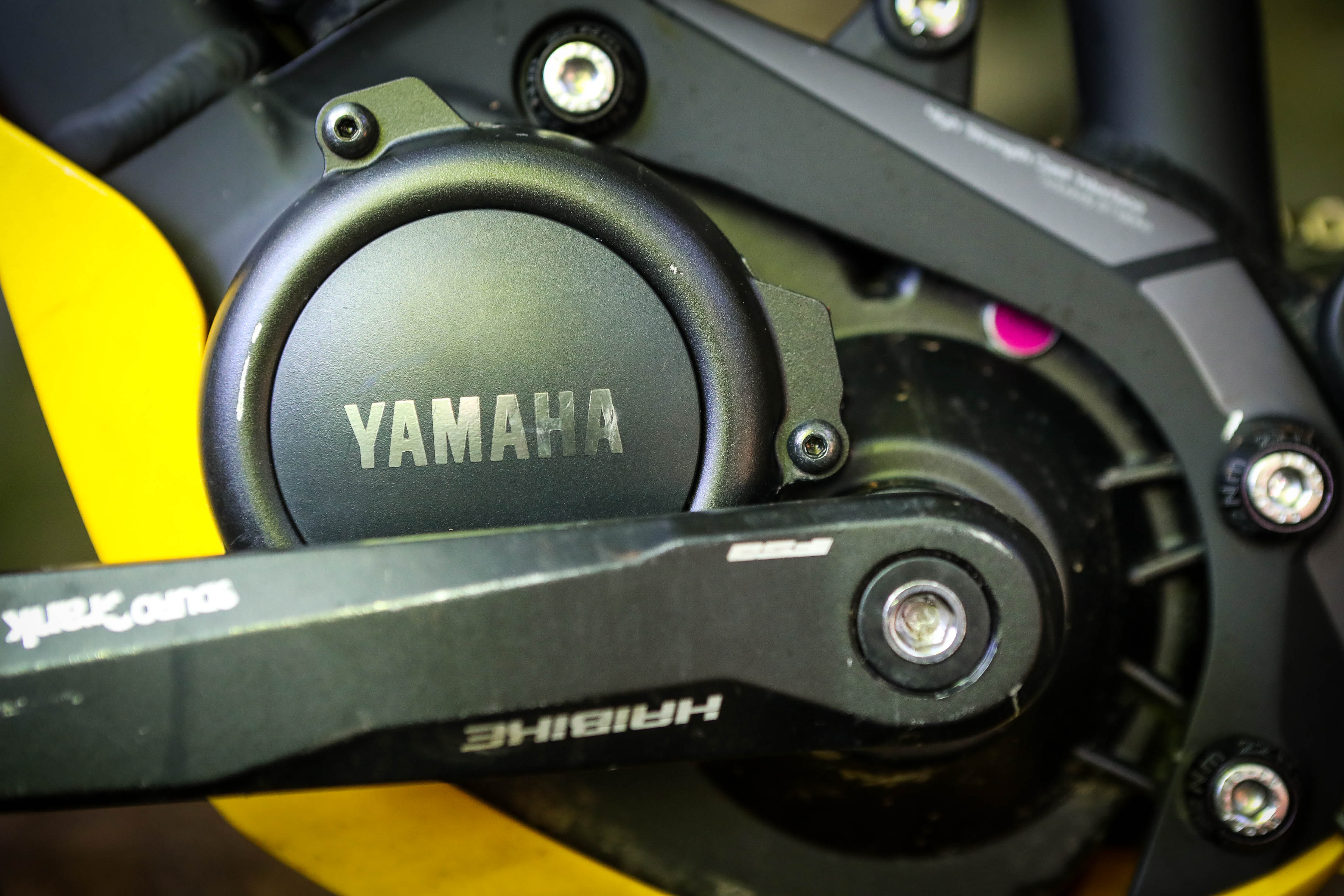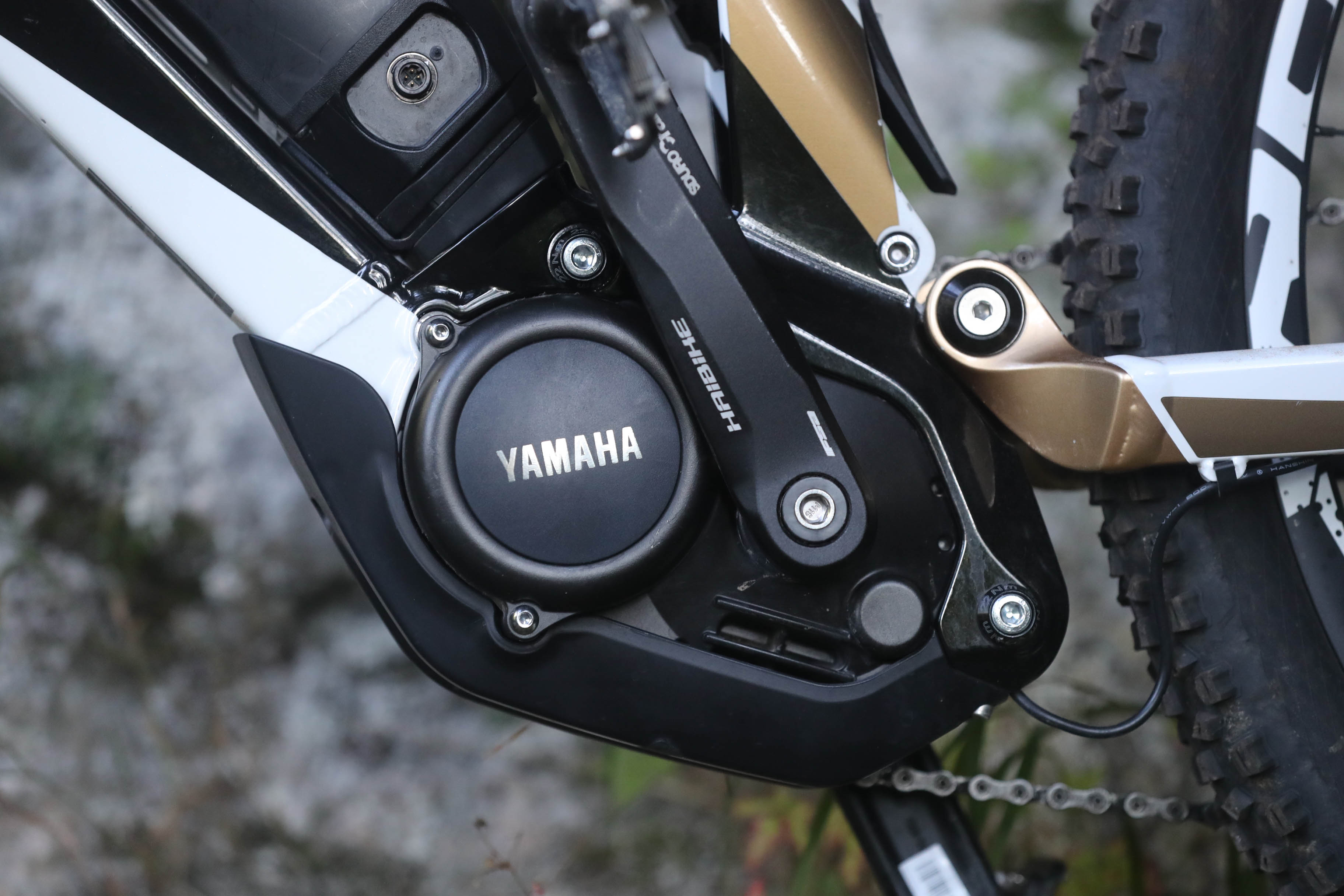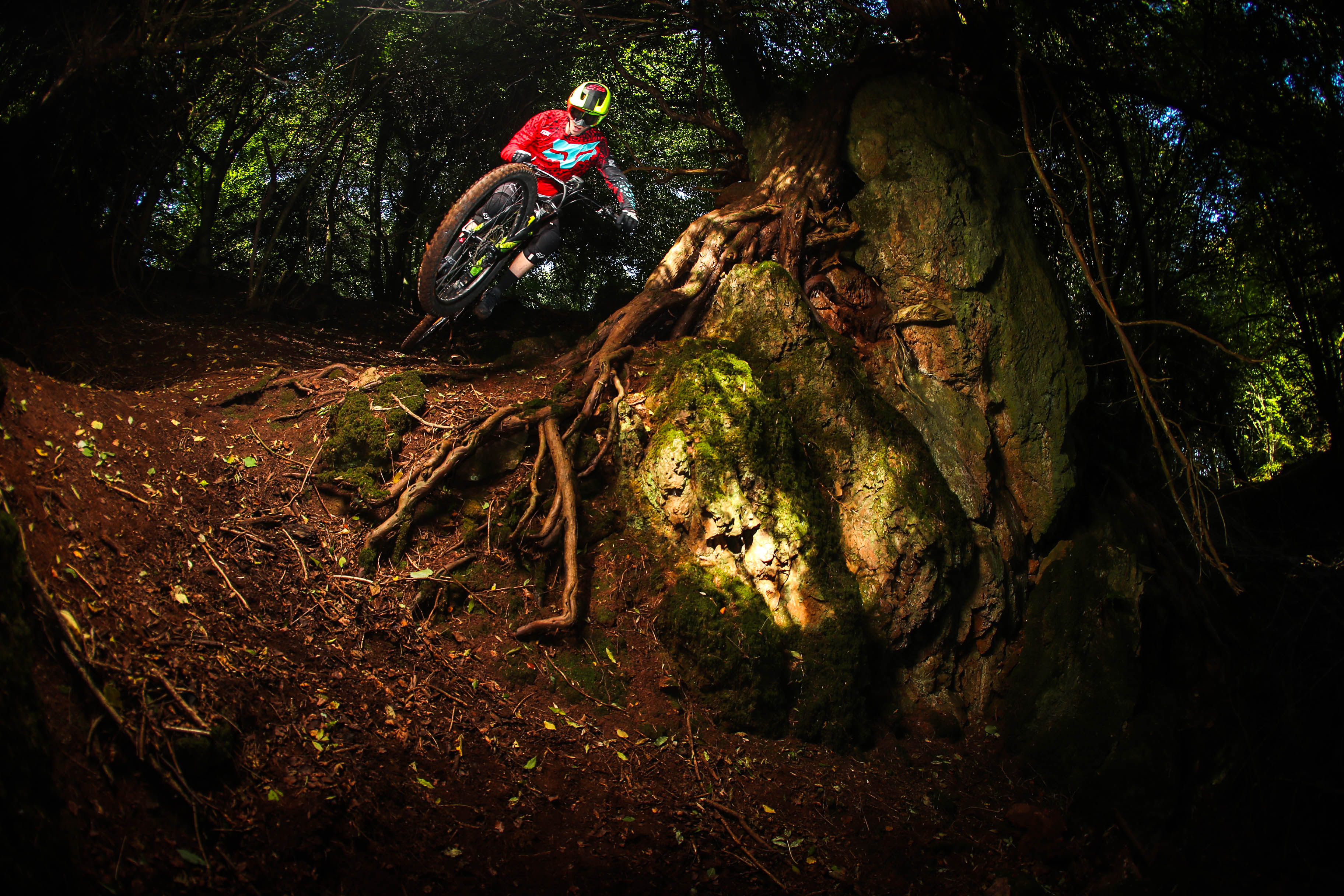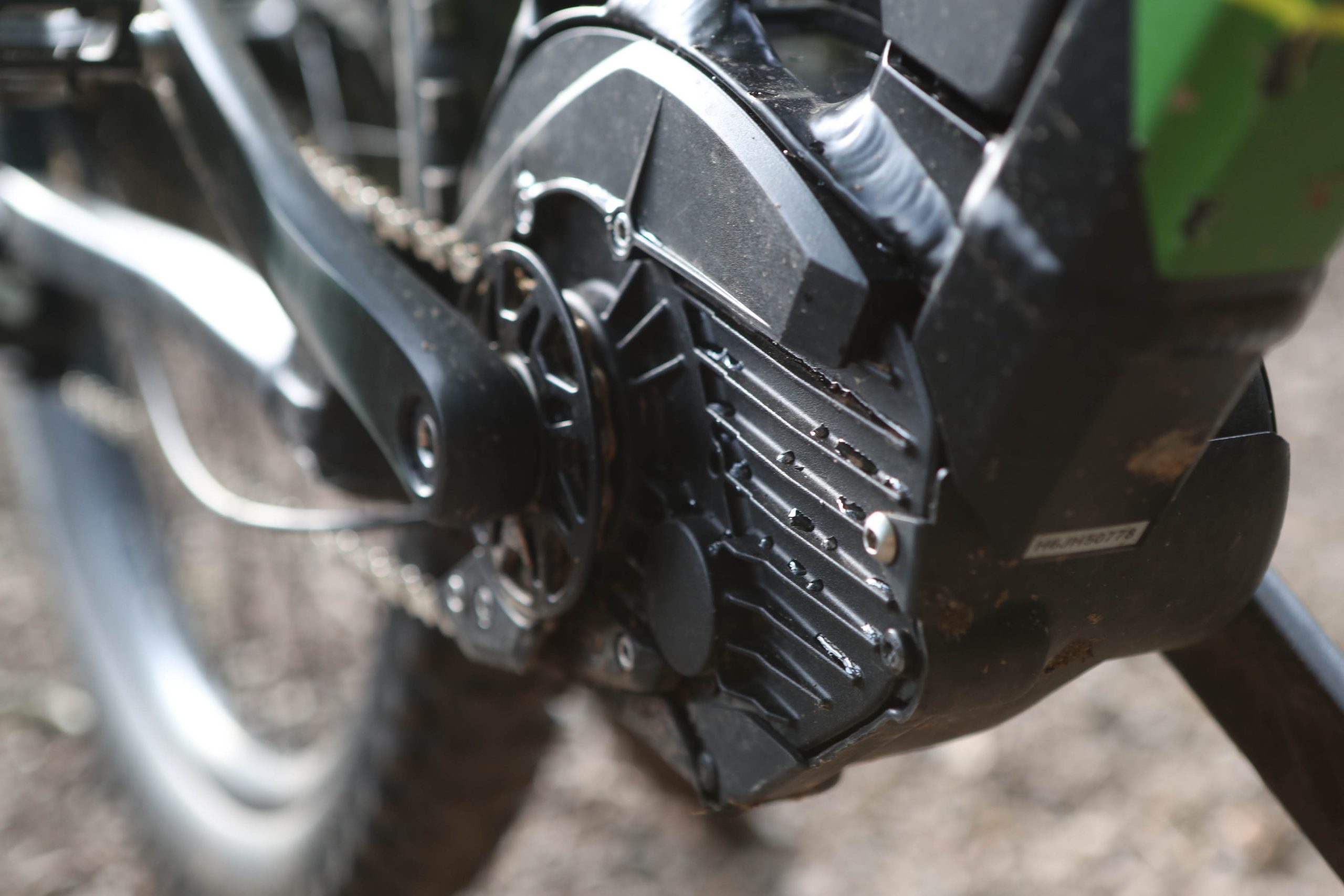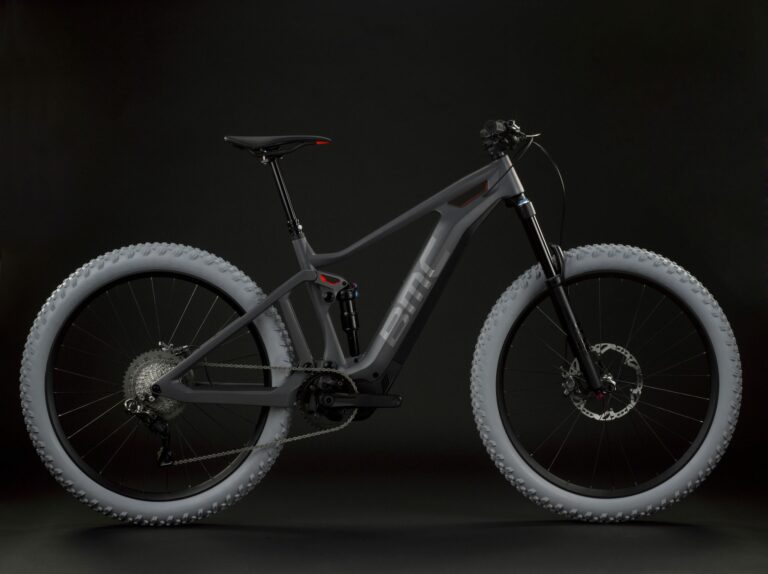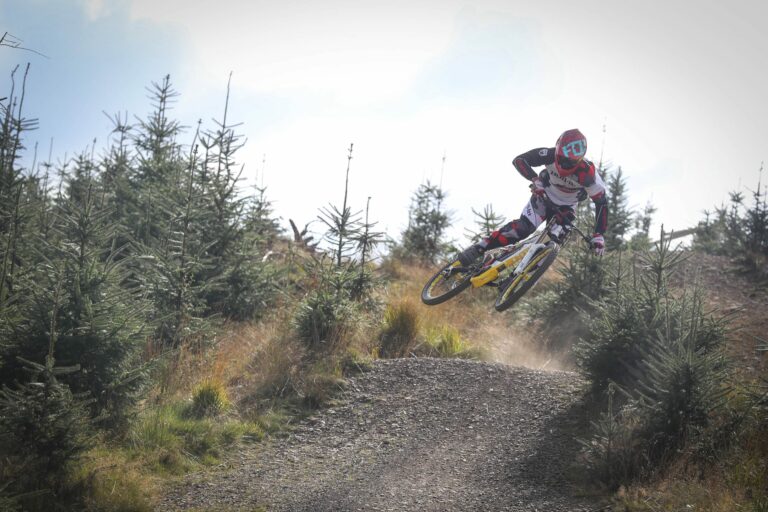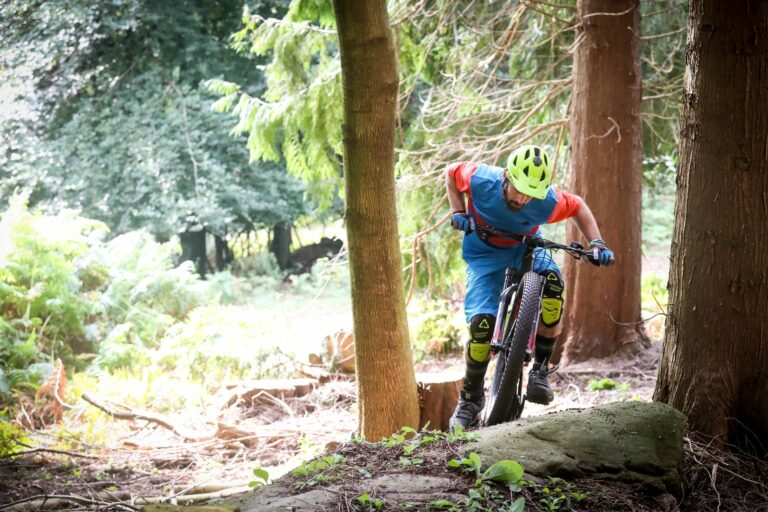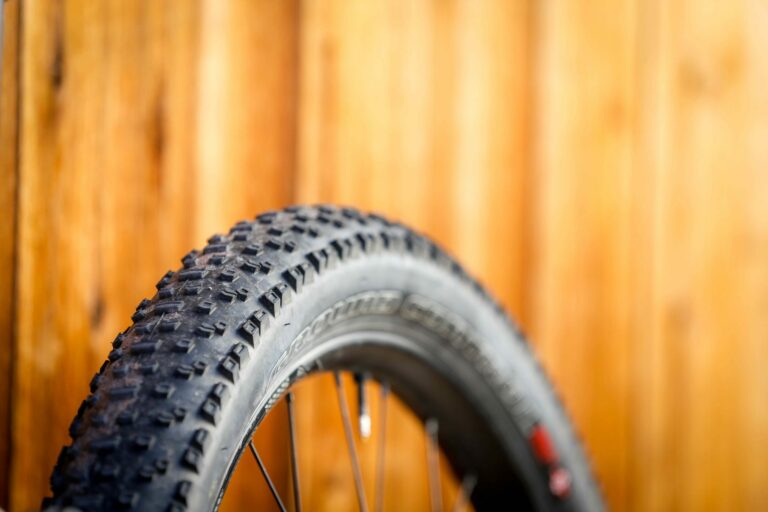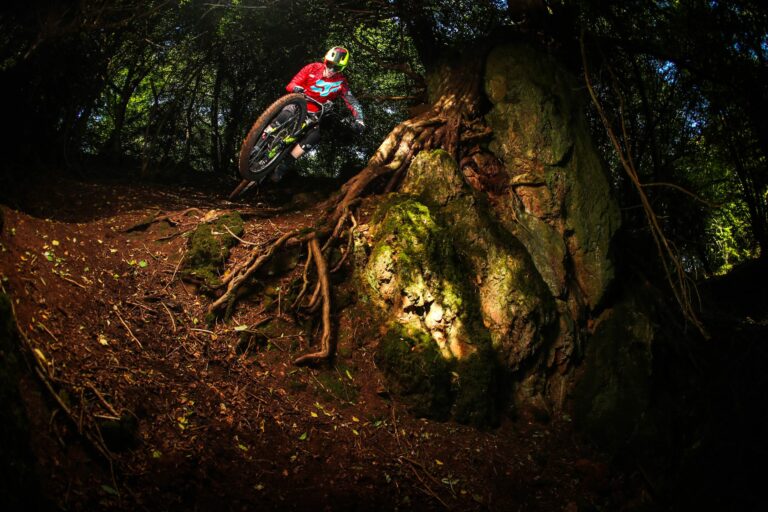Words and photos: Steve Jones
There are four main players in the e-mtb game, namely Brose, Bosch, Yamaha and Shimano.
While they are all pedal assist systems, the power, torque and display options differ between them. They all have batteries with varying watts, mostly over 400Wh for mountain biking, but crucially these ‘pedal assist’ bikes require no licence/insurance unlike the faster speed electric bikes do.
The key is however is that they are restricted to 25kph – although gravity and strong legs can clearly get passed those figures.
But is the big question one not of power but restriction? The 25kph rule, the point where gravity is more powerful than the motor, the black hole where the motor stops assisting and the only way of increasing speed is through your own effort? Where the gradient simply tips the speed beyond that of what the motor has been told to do?
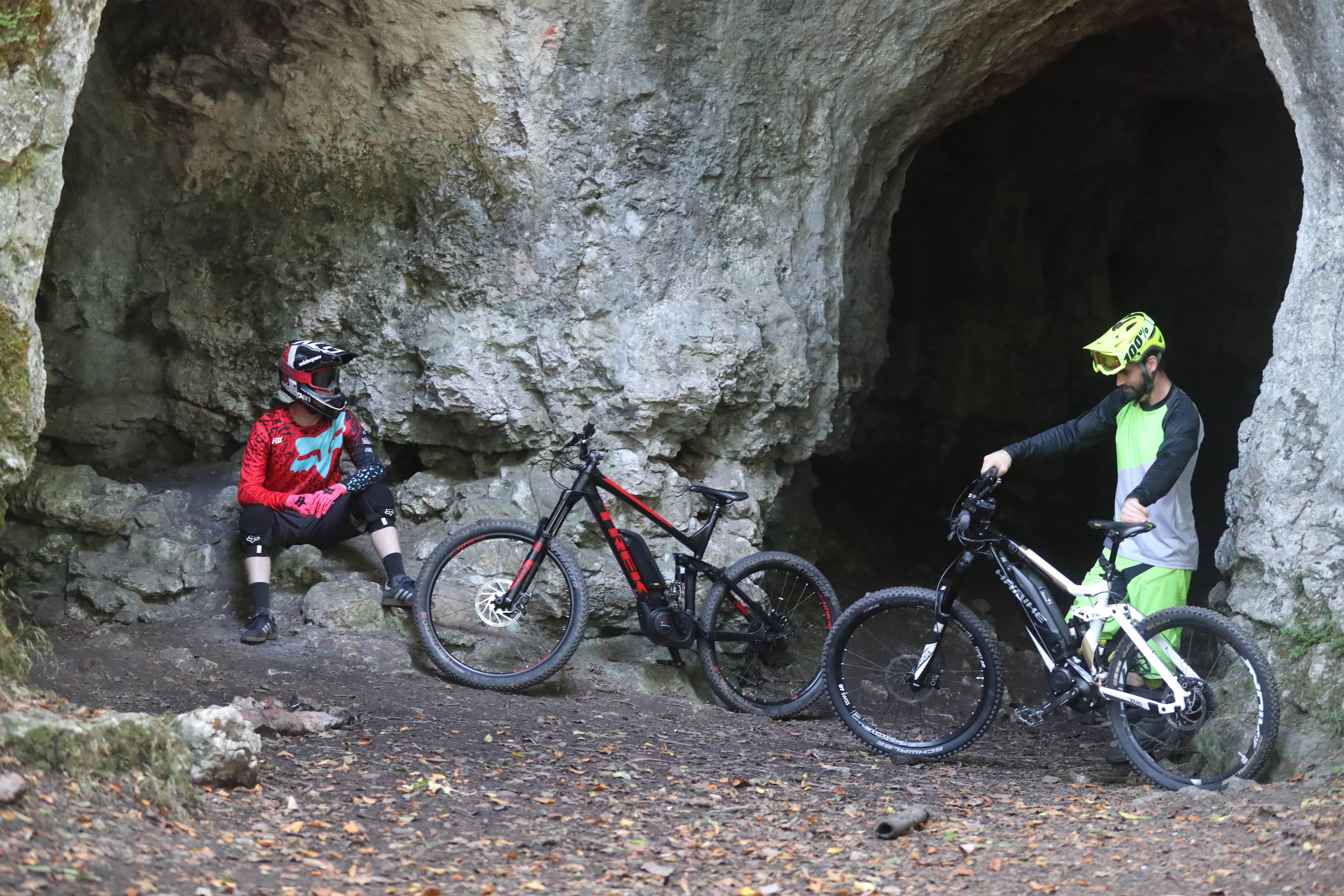
The answer partly lies in attitude, battery range and terrain. We found one of the best ways of using these bikes to be in eco/tour mode for transferring, sport/turbo to climb and with the motor off for most descending which does not require any serious amount of pedalling. In other words, enduro style circuits or sessioning downhill tracks.
The grey area tends to be flatter single track, ones where you can pedal up to the 25kph limit in sport/turbo and at which point the fun stops and you would so much love to have more on tap.
There are two ways to overcome this. One is to drop the level of assist down or the second is to buy an aftermarket de-restrictor although doing this voids any warranty. We’ve tried both and while its great hammering single track at higher speeds, we’ve simply altered our routes to make the ride more suitable for the power outputs.

